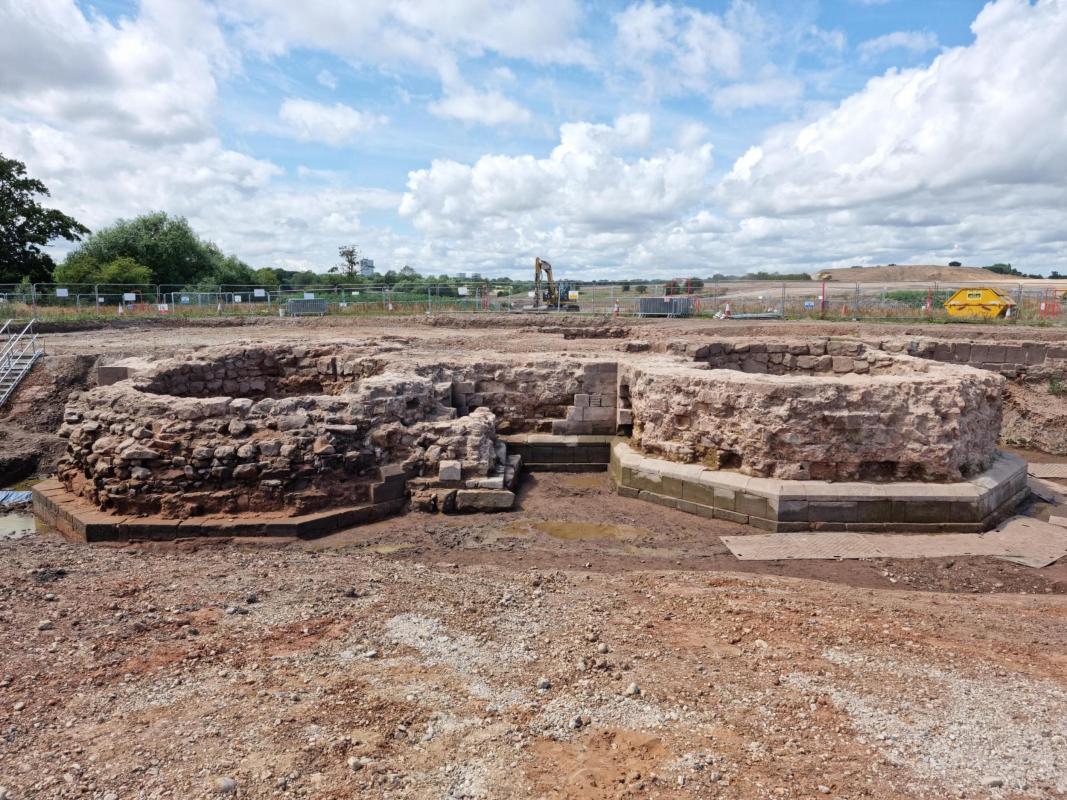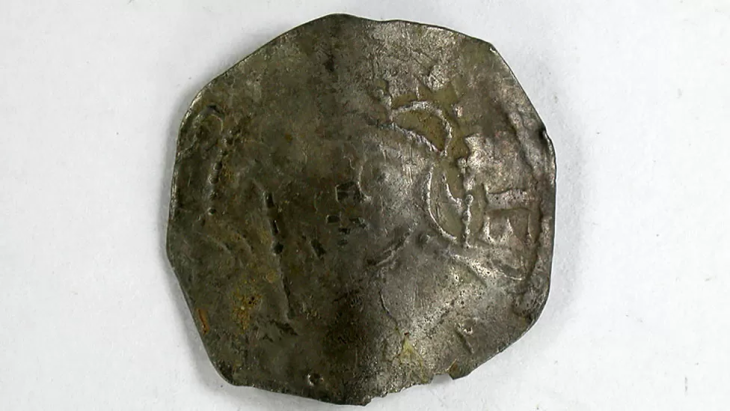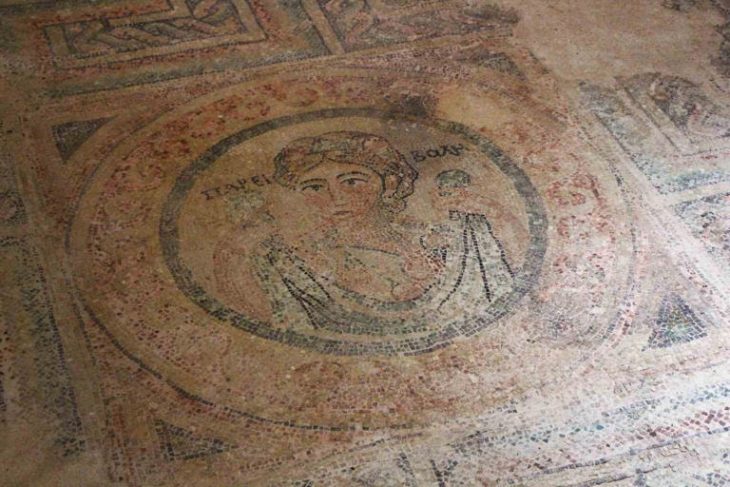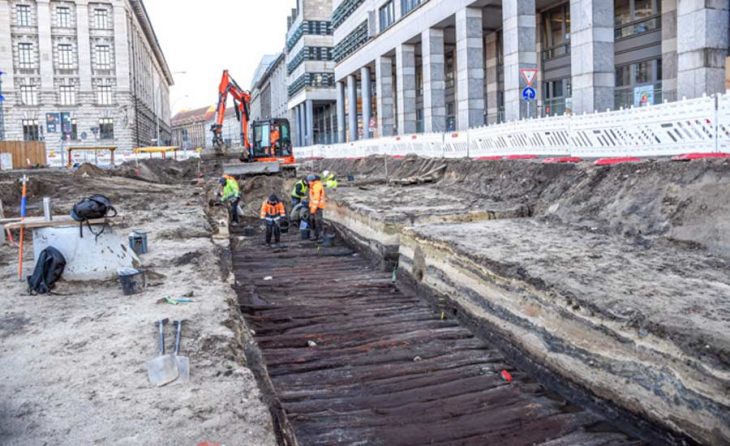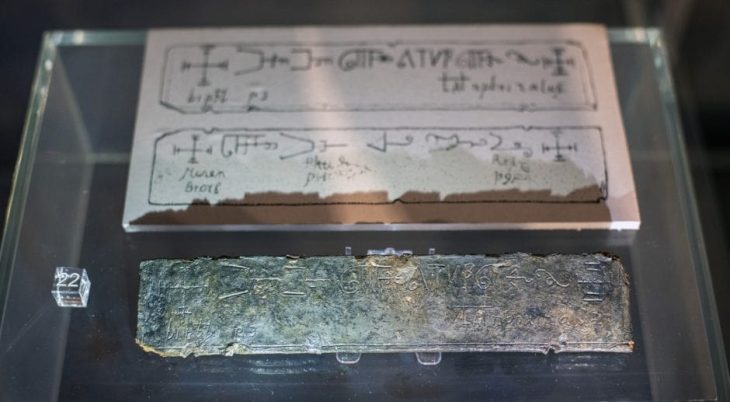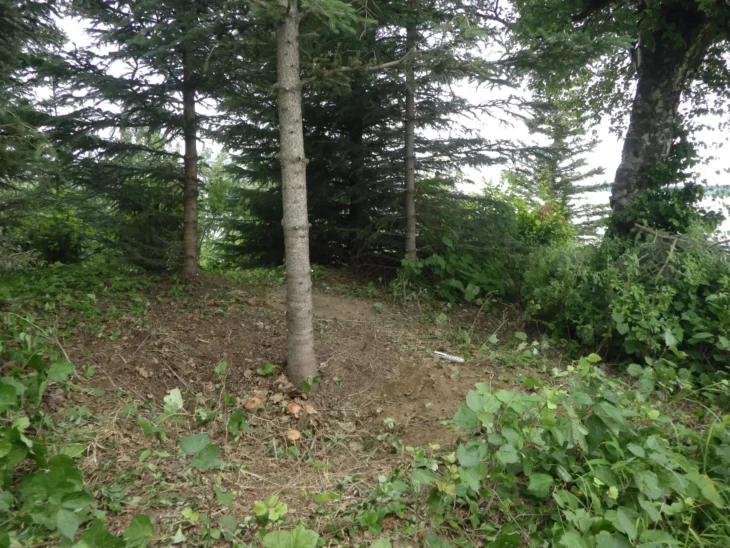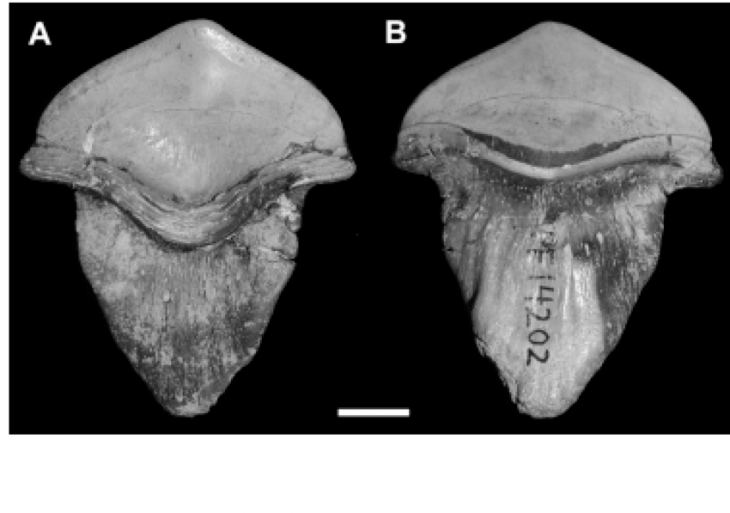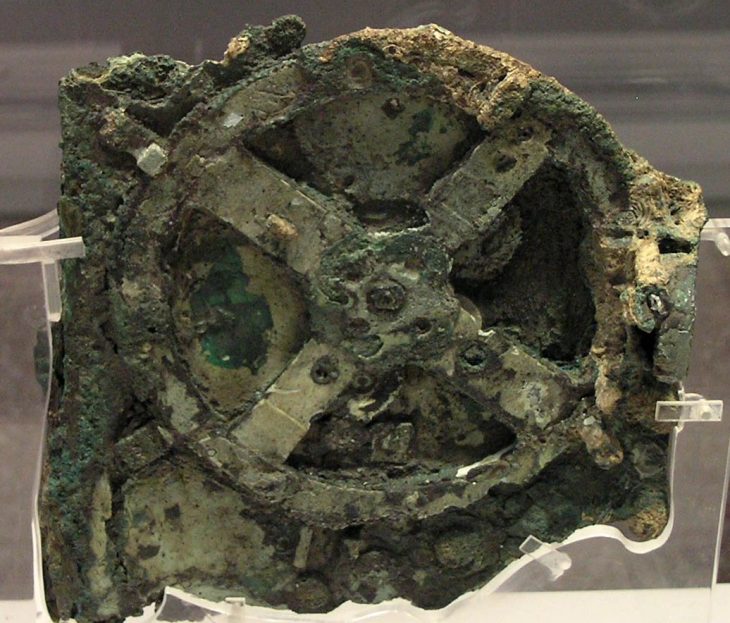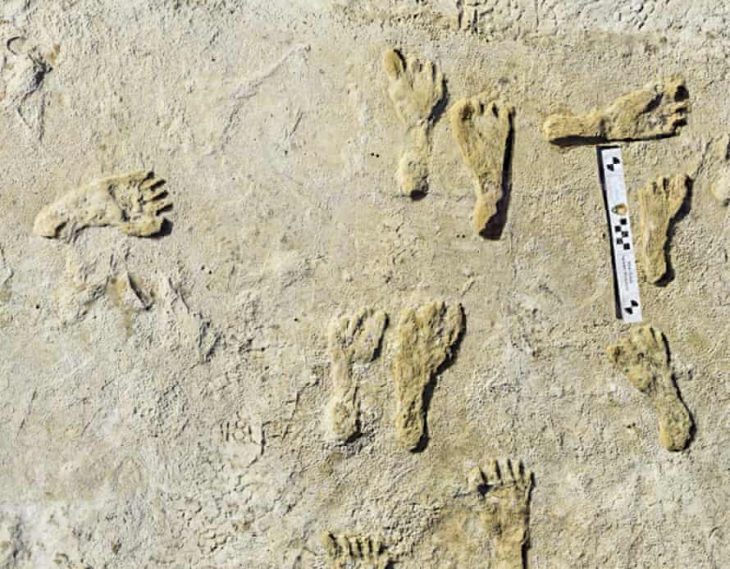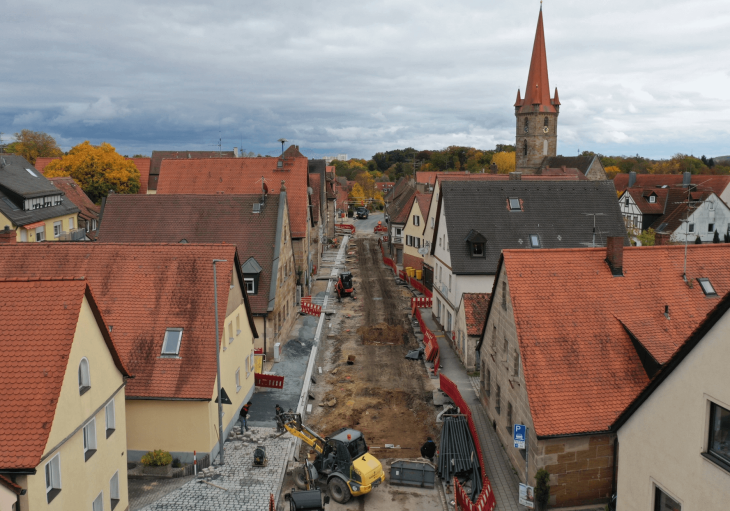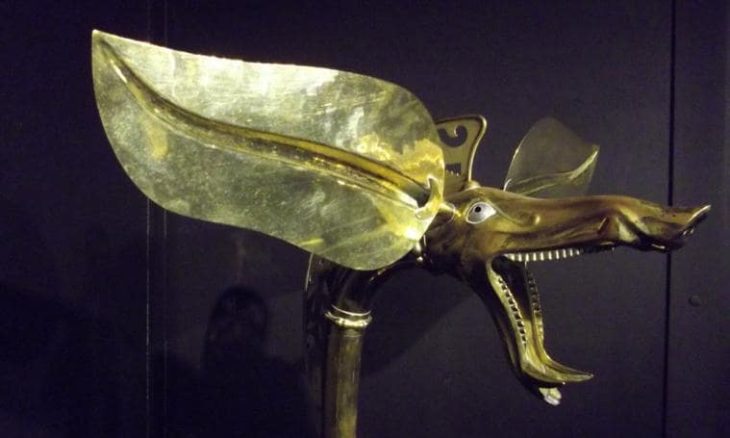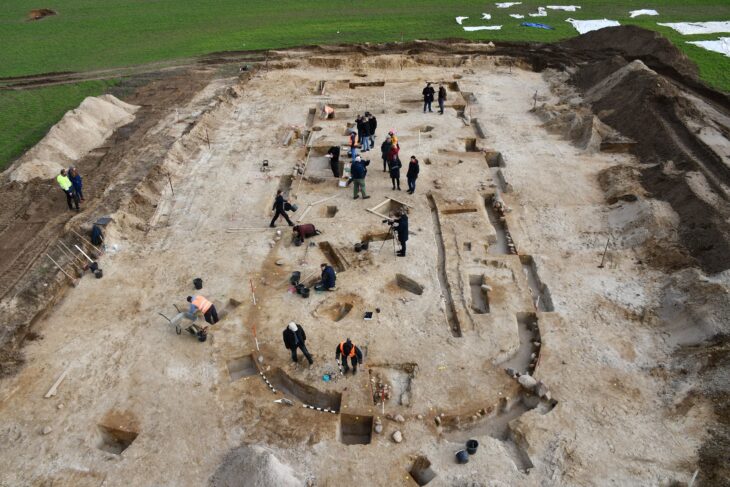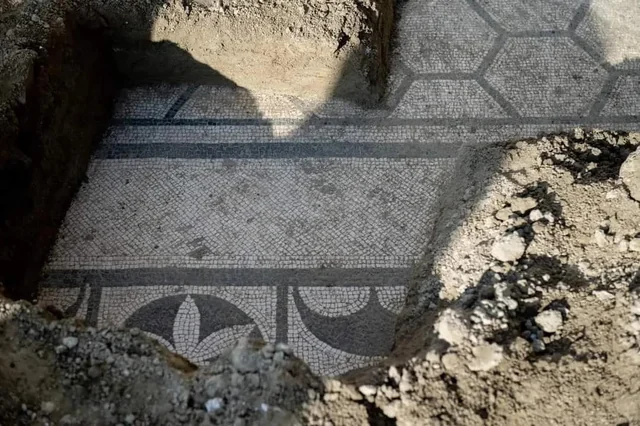Archaeologists excavating the site of Coleshill Manor in Warwickshire have revealed evidence of what could be one of the first battles of the 17th-century English Civil War.
Their excavations uncovered the massive stone bases of two towers from a late medieval fortified gatehouse, the existence of which had been lost to history.
The heavily fortified gatehouse that was discovered on the site had around 200 impact marks from pistol shots and musket balls on its exterior, which astounded the Wessex Archaeology team.
While the findings were remarkable in themselves, the ruins were far more important than they first appeared and could even rewrite the history of the English civil war.
Hundreds of musket ball and pistol shot pockmarks peppered the sandstone walls, indicating that the building had come under heavy fire. Experts believe this is evidence that the gatehouse was shot at by parliamentarian troops on their way to the nearby Battle of Curdworth Bridge in August 1642, making it the site of the civil war’s very first skirmish.
In August 1642, the English Civil War started. The battle was between the Roundheads, also known as Parliamentarians, and the Royalists, who supported King Charles I. The first recorded battle of the Civil War, the Battle of Curdworth Bridge, took place in 1642 and was only a short distance from Coleshill Manor.
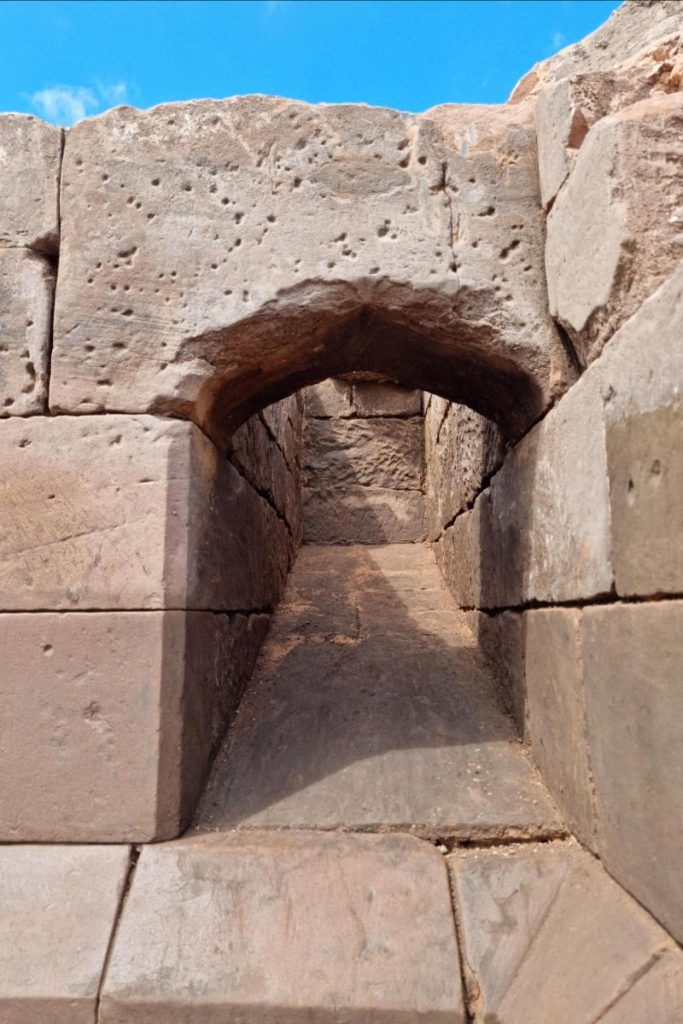
As the Civil War drew near, the Manor was under the control of Royalist Simon Digby after the estate was transferred into his name after its previous owner, Simon De Montford, was executed for treason.
Coleshill Manor, located near a bridge over the River Cole, would have been a strategic position for the Roundheads to control. The Roundheads, according to experts, would have passed close to the Manor on their way to battle. Given the Manor’s strong Royalist ties, it’s entirely possible that a skirmish occurred on the way to Curdworth Bridge.
Details of the precise events will never be known because the Civil War’s historical records are limited to its well-known major battles. Even so, the marks discovered as a result of HS2’s archaeology program offer a unique window into the effects of war on those whose lives were not chronicled in the past.
The discovery will feature in Series 10 of BBC’s Digging for Britain.
“The discovery of the medieval gatehouse at Coleshill was quite unexpected – and I was amazed at just how much of the monumental stone building, with its two great octagonal towers, had survived below the ground. The front of the gatehouse was pockmarked and had clearly been shot at with muskets – perhaps for target practice – but there’s also an intriguing possibility that we’re looking at evidence of the earliest skirmish of the Civil War,” Professor Alice Roberts, historian, and presenter of Digging for Britain, said.
The team from Wessex Archaeology have now completed excavating the foundations of the gatehouse at Coleshill Manor.
“As the excavations at Coleshill for HS2 wrap up, it’s timely to reflect on the extraordinary archaeology we have discovered and recorded.
“Although we knew there was a manor house at the site, we had no idea that we would uncover such rich and revealing archaeological evidence. From one of the most impressive Elizabethan ornamental gardens in the country to the remains of what could be the first skirmish of the Civil War, these findings – not recorded in historical records – would have been lost to time, had it not been for the expertise and hard work of the team,” Stuart Pierson, Archaeologist, Wessex Archaeology, said.
Before work began, the extent of the gatehouse was unknown, as the only documentation of its existence was a passing mention in 17th-century records. The gatehouse was not only a defensive feature of the Manor, but it also emphasized the importance of its owner. The Manor’s gatehouse most likely led to a drawbridge across the moat. It had a large stone building in the back that was about 10m by 10m in size, with two heavily fortified angular towers made of fine ashlar masonry and expertly-carved stone blocks.
It is believed that it was constructed in the 13th or 14th centuries and went out of use in the 1650s before being demolished in the late 17th century to make way for a newer, more modern manor, courtyard, and gardens.
Additionally, impressive 16th-century ornamental gardens akin to those at Kenilworth Castle and Hampton Court Palace were uncovered during HS2 excavations. Aerial photography was used during preliminary investigations to identify the gardens and Manor house, and from there, the HS2 archaeological team started preparing for the specialized excavations.
Cover Photo: Remains of Coleshill gatehouse towers during excavation for HS2.

